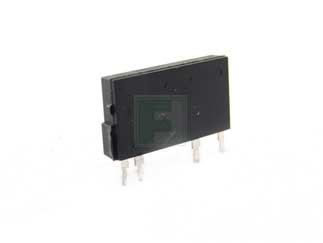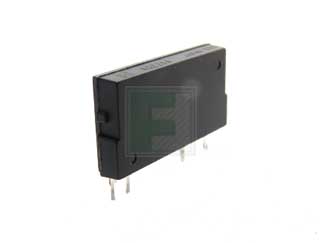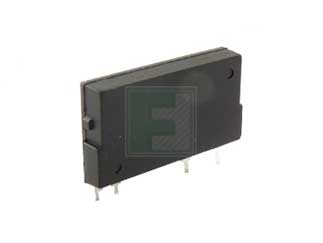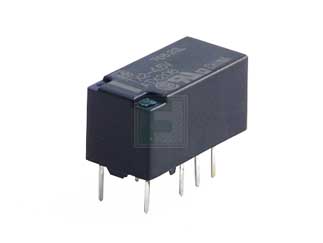

Panasonic Industry PAN1781 & PAN1782 Bluetooth® Low Energy Modules
Part of their robust portfolio of wireless connectivity solutions
The Panasonic Industry PAN1781 and the PAN1782 Bluetooth® Low Energy Modules are high technology devices featuring the Nordic nRF52820 Single-Chip Controller. They are ideal for IoT wireless connectivity applications.
The Bluetooth 5.3 features as the LE coded PHY for an elongated range or the high speed 2M PHY are supplemented by the support of angle of arrival (AoA) and angle of departure (AoD) direction finding using Bluetooth.
PAN1781
Featuring an output power of up to 8 dBm and the high sensitivity of the nRF52820, the PAN1781 Series RF Module is very attractive in applications where a long range is required. Those features in combination with the LE coded PHY make this module ideal to support Bluetooth Mesh, Thread and Zigbee Mesh protocols.
PAN1782
With the ARM ® Cortex ® -M4 processor, 128 kB RAM, and the built-in 512 kB flash memory, the PAN1782 can easily be used in standalone mode, thereby eliminating the need for an external processor, saving complexity, space, and cost.
Key Features
| Applications
|
Welcome to Future Picks
Future Picks is a brand initiative dedicated to curating and showcasing best-selling and emerging products. Future aims to introduce our customers to the latest and most promising electronic components and solutions. We carefully select parts that reflect trends and complement each other.

Panasonic Modules
Panasonic Wireless Connectivity Solutions include a wide range of technologies and provide the flexibility to easily choose and implement a wireless protocol that is best suited to an application from a single, world class supplier. Panasonic’s RF Modules provide quick implementation of wireless communication without the need to invest in complex wireless hardware and software design.
When thinking about our Panasonic modules, customers may also need a switch if they want to manually control the power to the PAN1781 module or any other connected components. A switch allows for easy on/off control by the user. Any switch can be used to operate the devices.
Relays are also typically used when there’s a need for automated or remote control of power or signals. Relays can be used to control high power device or circuits. A small signal relay like a TX2-5V just to demonstrate the open & close function.
The decision to use a switch or relay will depend on factors like complexity of the application, the level of automation required and the power handling capabilities of the components involved.
Panasonic — PAN1781 Block Diagram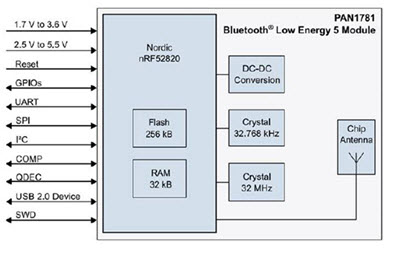 | Panasonic — PAN1782 Block Diagram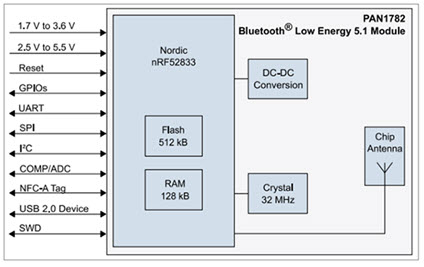 |
Featured Products
A look into our Panasonic Relay portfolio

